Capturing the Human Body in All Its Awkwardness
Ulrich Seidl: Stills 1998– 2014, an exhibition of Austrian director Ulrich Seidl’s film stills currently on view at OstLicht Gallery in Vienna, showcases the filmmaker’s particular relationship to the aesthetics of the imperfect human body.
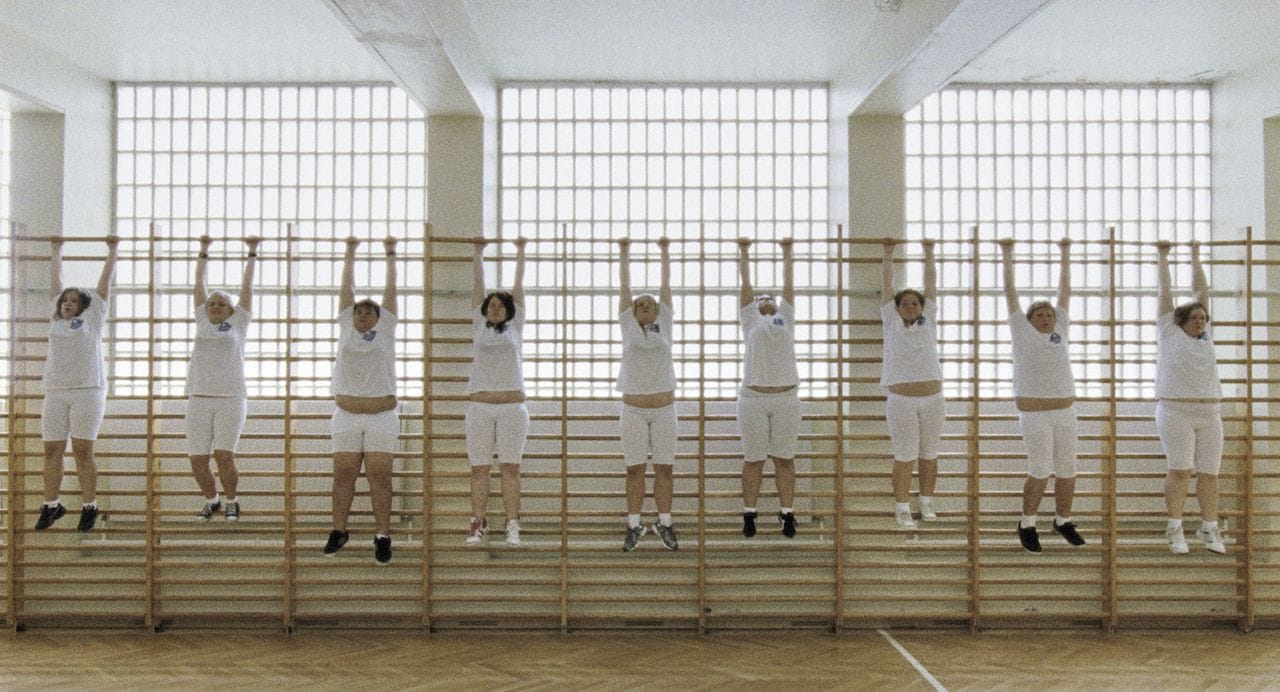
Ulrich Seidl: Stills 1998– 2014, an exhibition of Austrian director Ulrich Seidl’s film stills currently on view at OstLicht Gallery in Vienna, showcases the filmmaker’s particular relationship to the aesthetics of the imperfect human body. In a New York Times review of Seidl’s Paradise: Love (2012), critic A.O. Scott characterized the director as “one of a number of European filmmakers — less a school than a tendency — for whom sadism is a tool of ethical and political enlightenment.” Scott groups Seidl together with Michael Haneke and Lars von Trier — directors who often paint a disturbingly dark portrait of the human psyche.
If one examines Seidl’s stills as self-contained photographs (which I’ve only done on the internet, not in person in Vienna), discarding any knowledge of the films from which they’re drawn, the images appear as warm-hearted if slightly humorous depictions of the imperfect human form. In a still from Paradise: Love a woman reclines, eyes closed, on a bed covered by a purple mosquito net. Her position mimics that of a painted odalisque, but her body is far from an idealized female figure — excess weight takes the place of smooth, erotic curves. Taken alone, the image might work poignantly and humorously against the mythology of the forever-youthful woman. If one has seen Paradise: Love, however, the photograph becomes vastly more complicated. The character portrayed is on vacation in Kenya, where she follows a friend’s example and tries out sex tourism. The still captures a moment of post-coital sleep in the bed of a young Kenyan man. Who, then, is the true odalisque? By adding dynamics of race, class, and privilege, Seidl has inverted the expected (gendered) roles of exploitation.
For anyone familiar with the director’s work, it may be hard to view the stills separately from his films. But if they can be considered independently, they perhaps should. They demonstrate Seidl’s obsession with the sad awkwardness of the human body moving through an industrialized world.
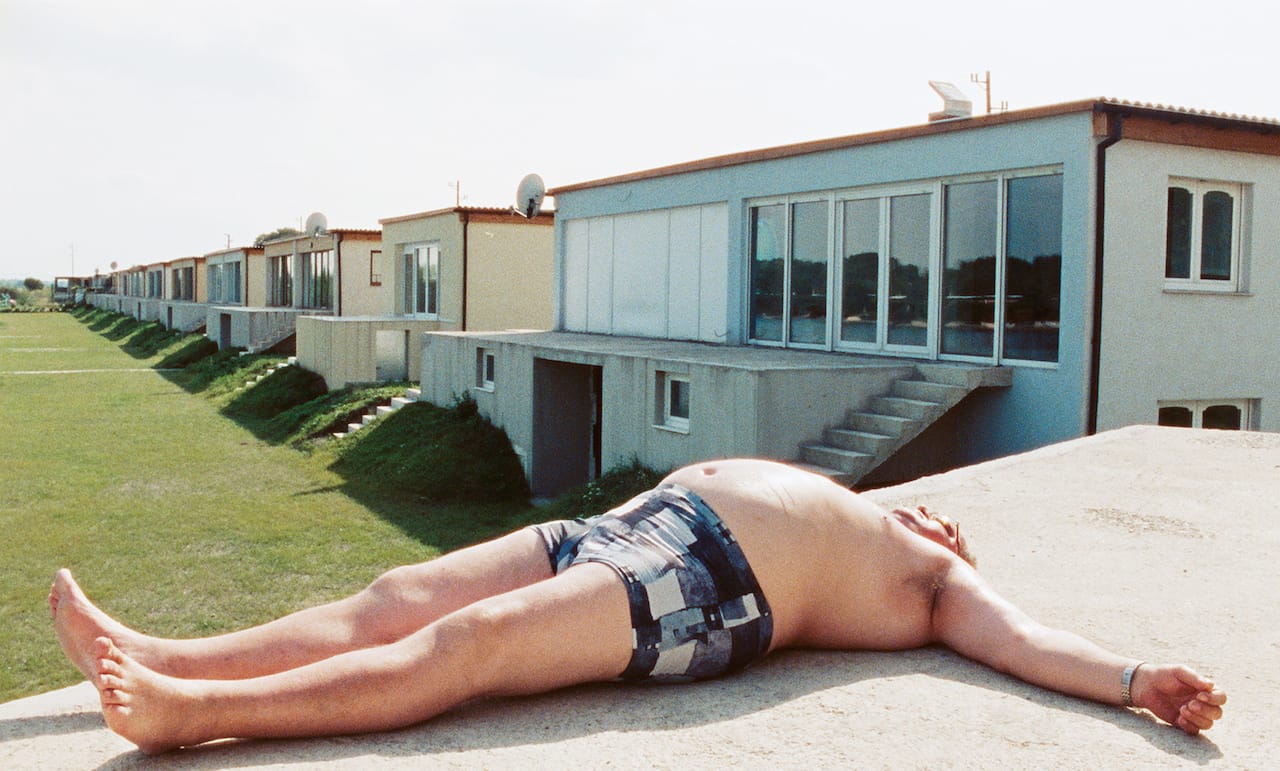
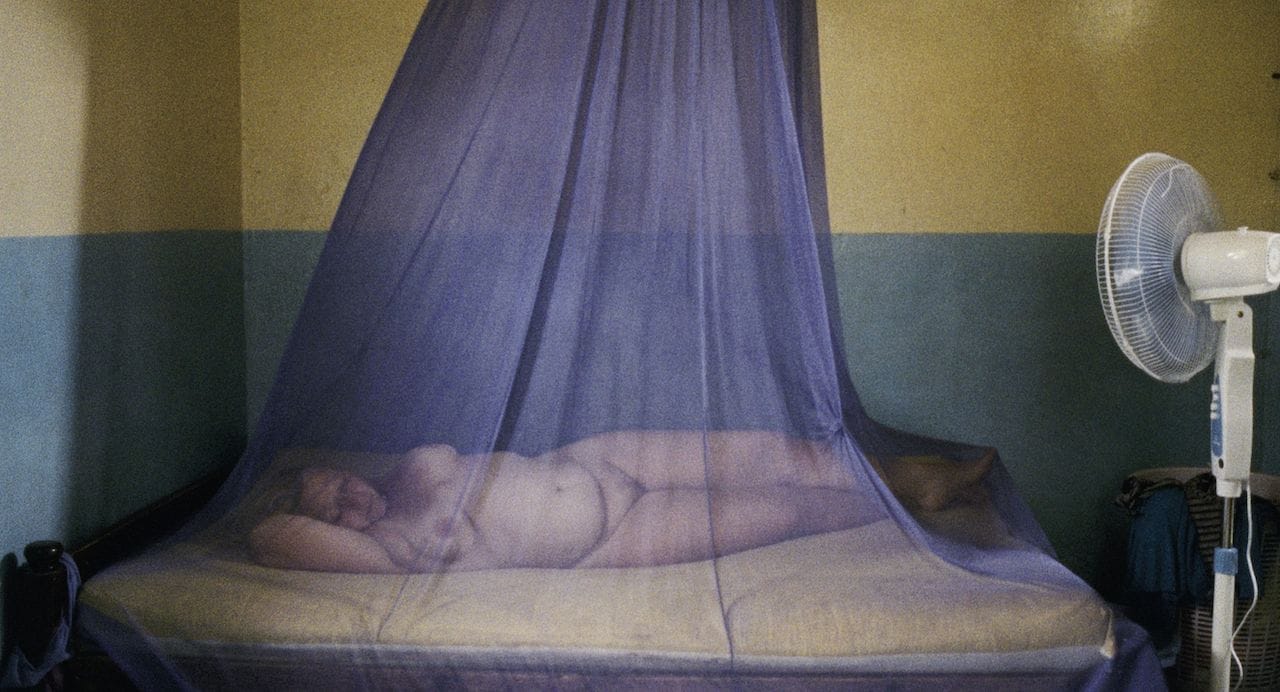
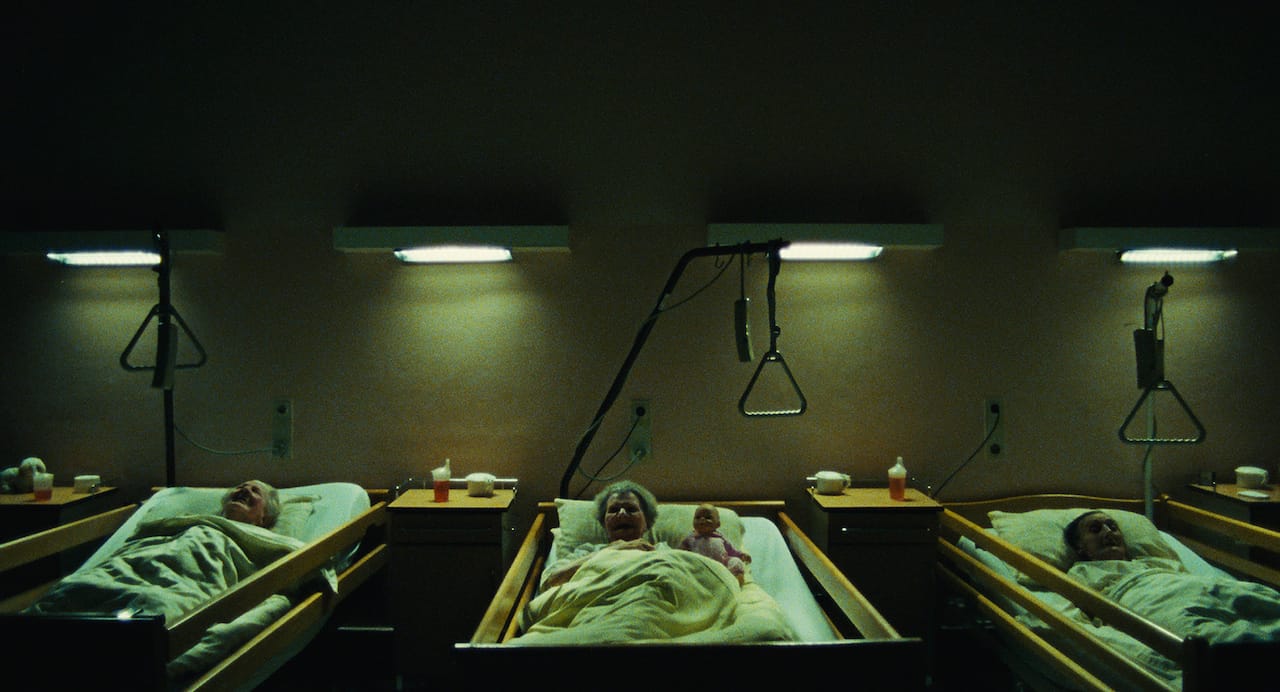
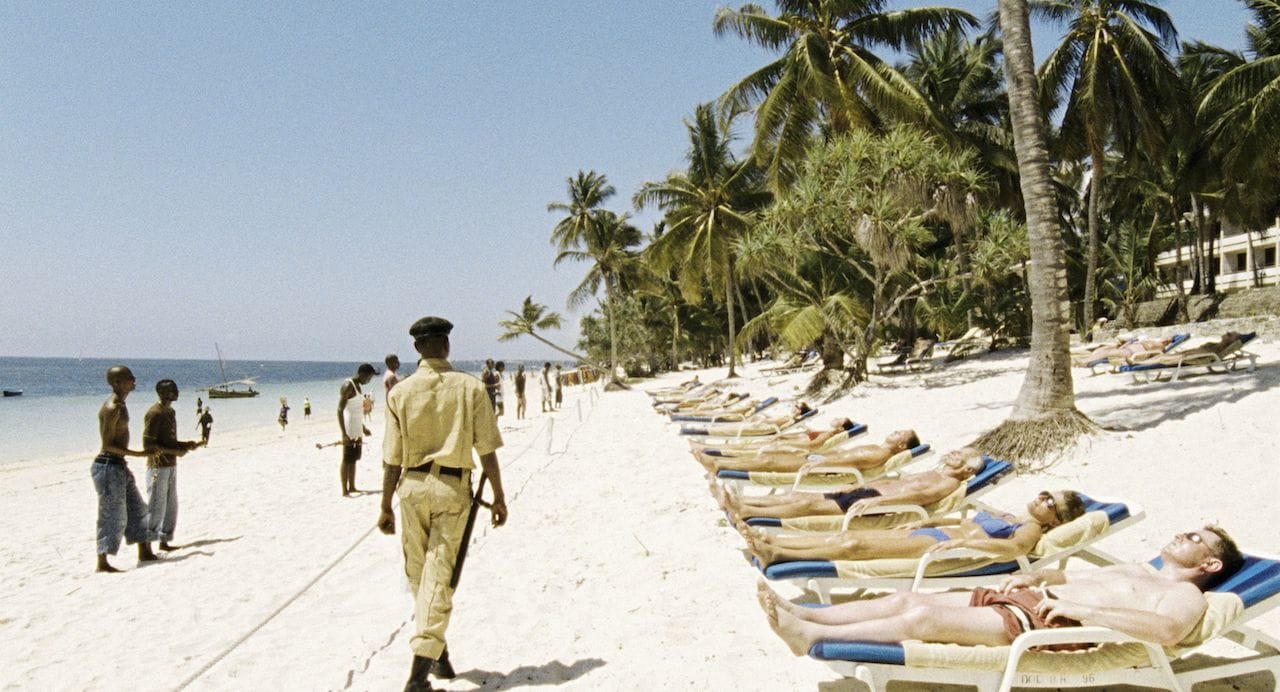
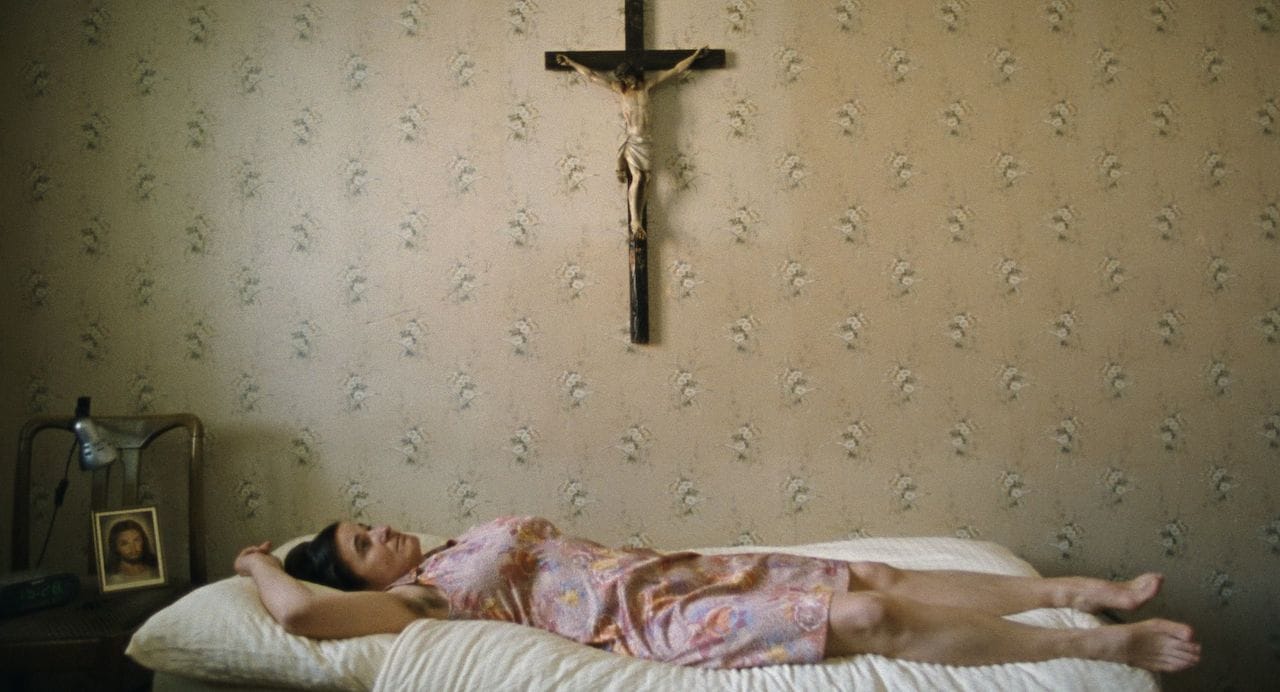
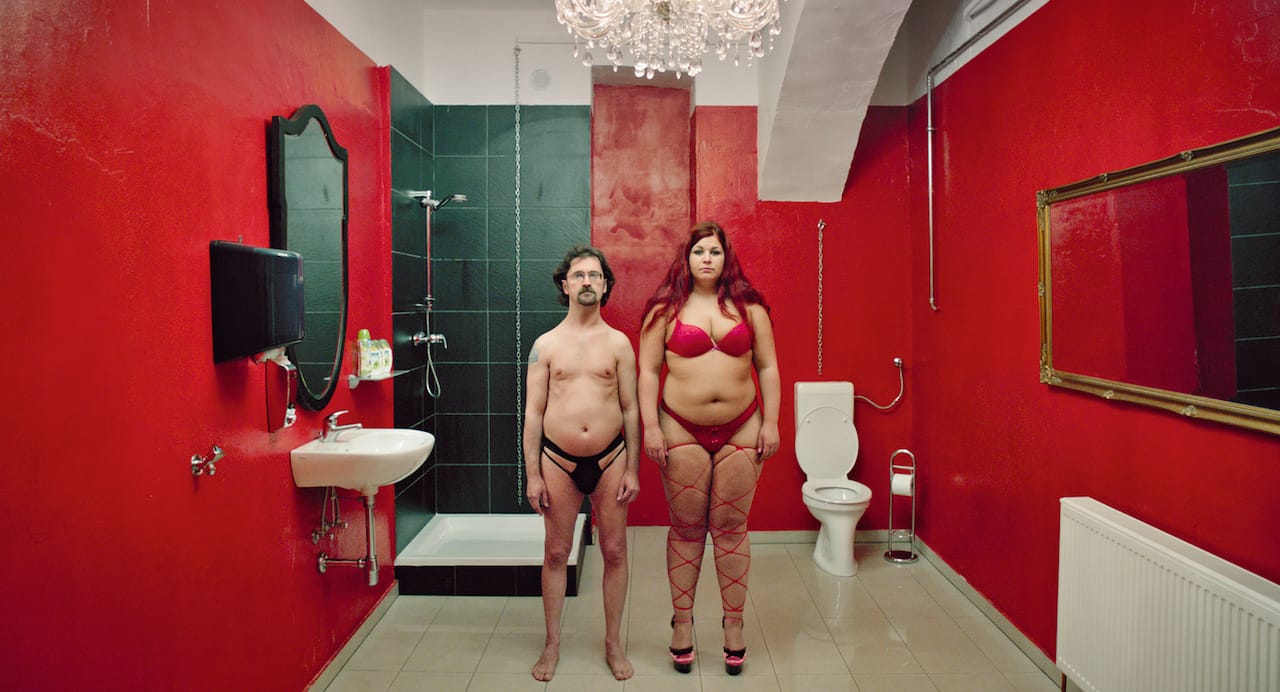
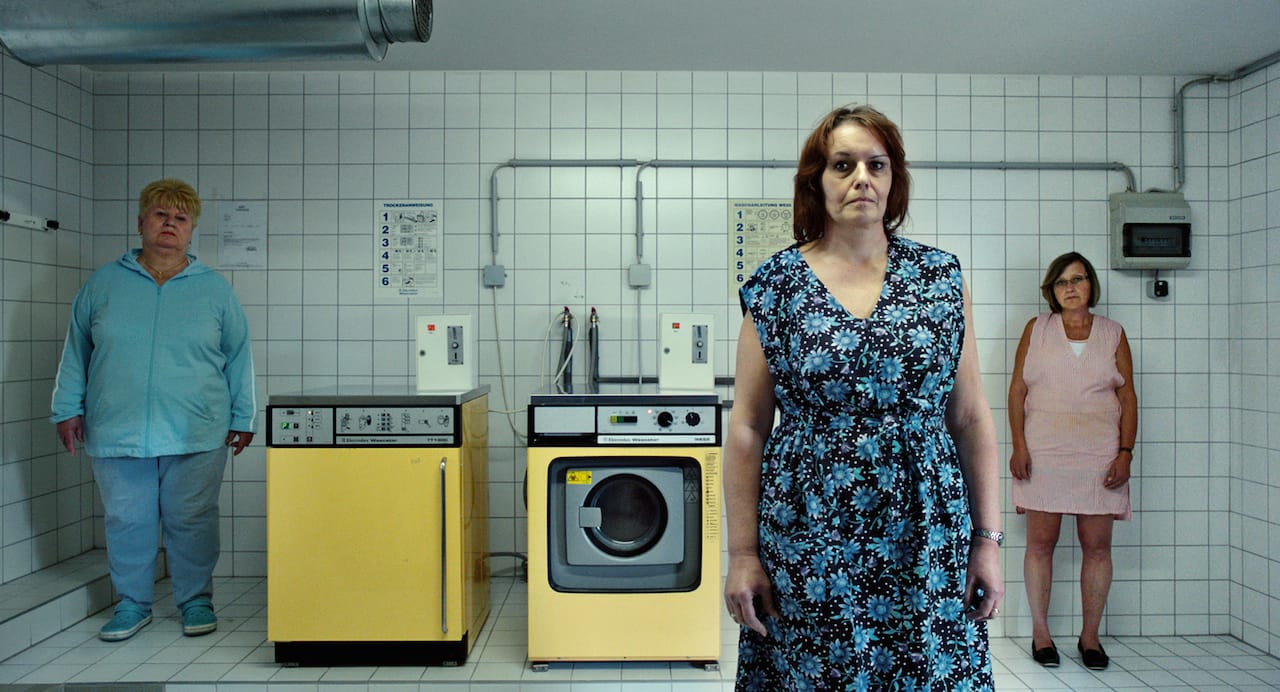
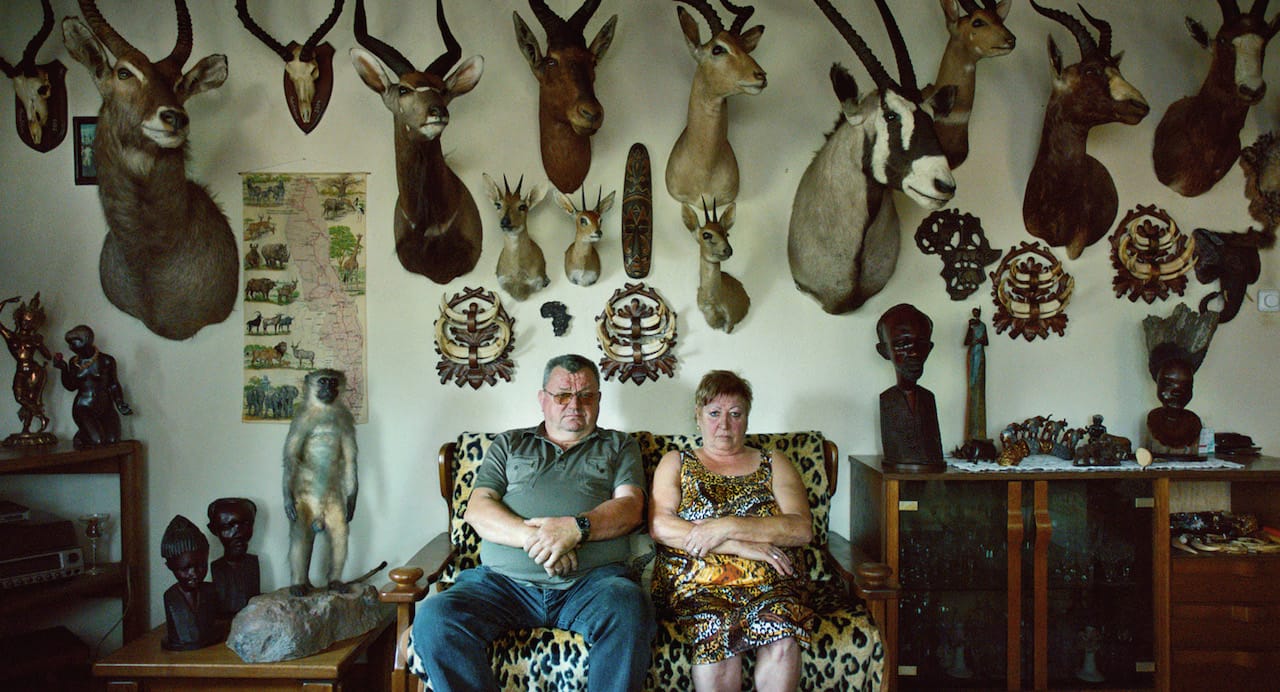
Ulrich Seidl: Stills 1998– 2014 continues at OstLicht Gallery (Absberggasse 27, Vienna) through February 14.




